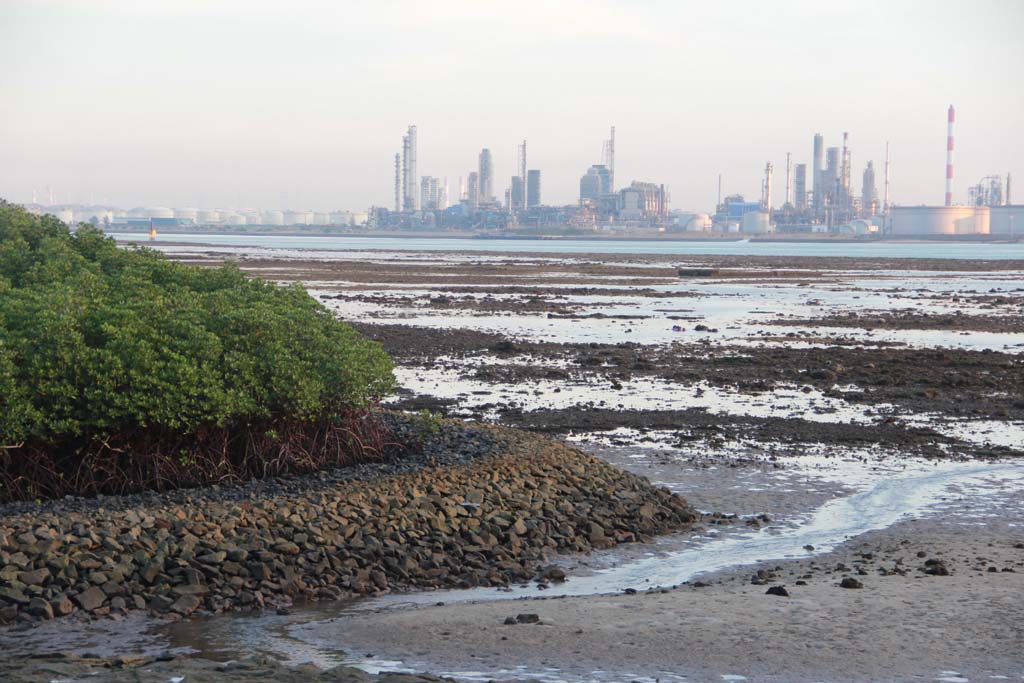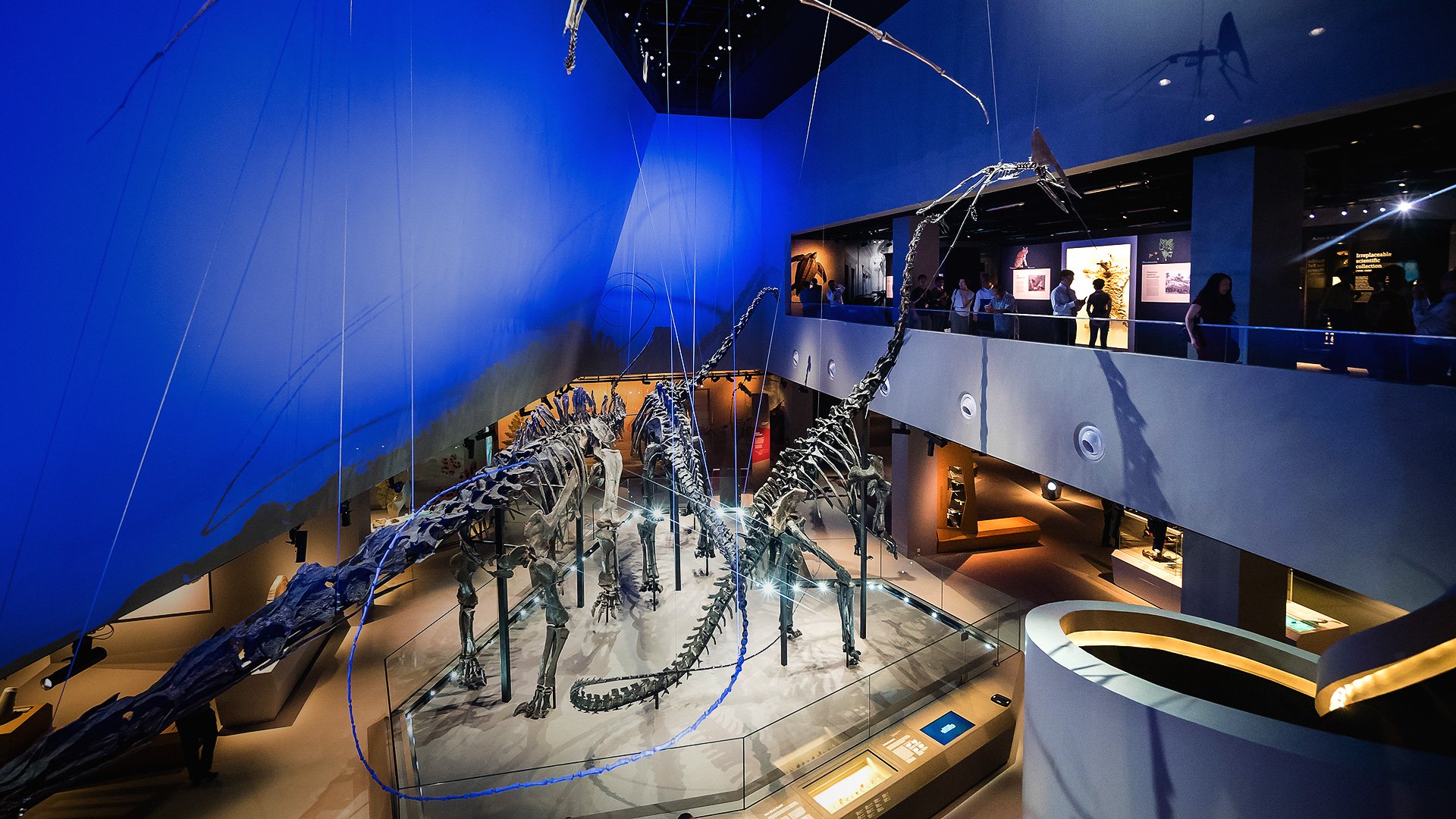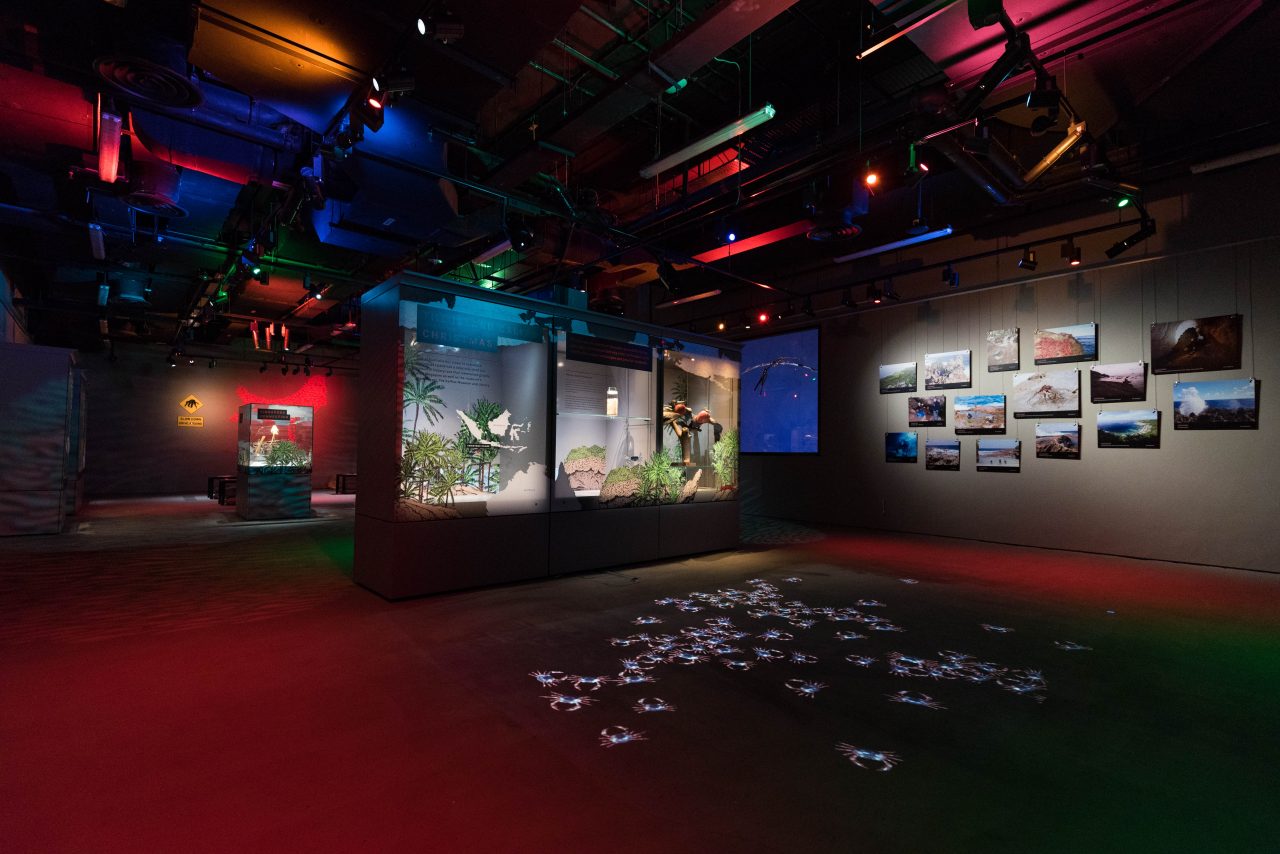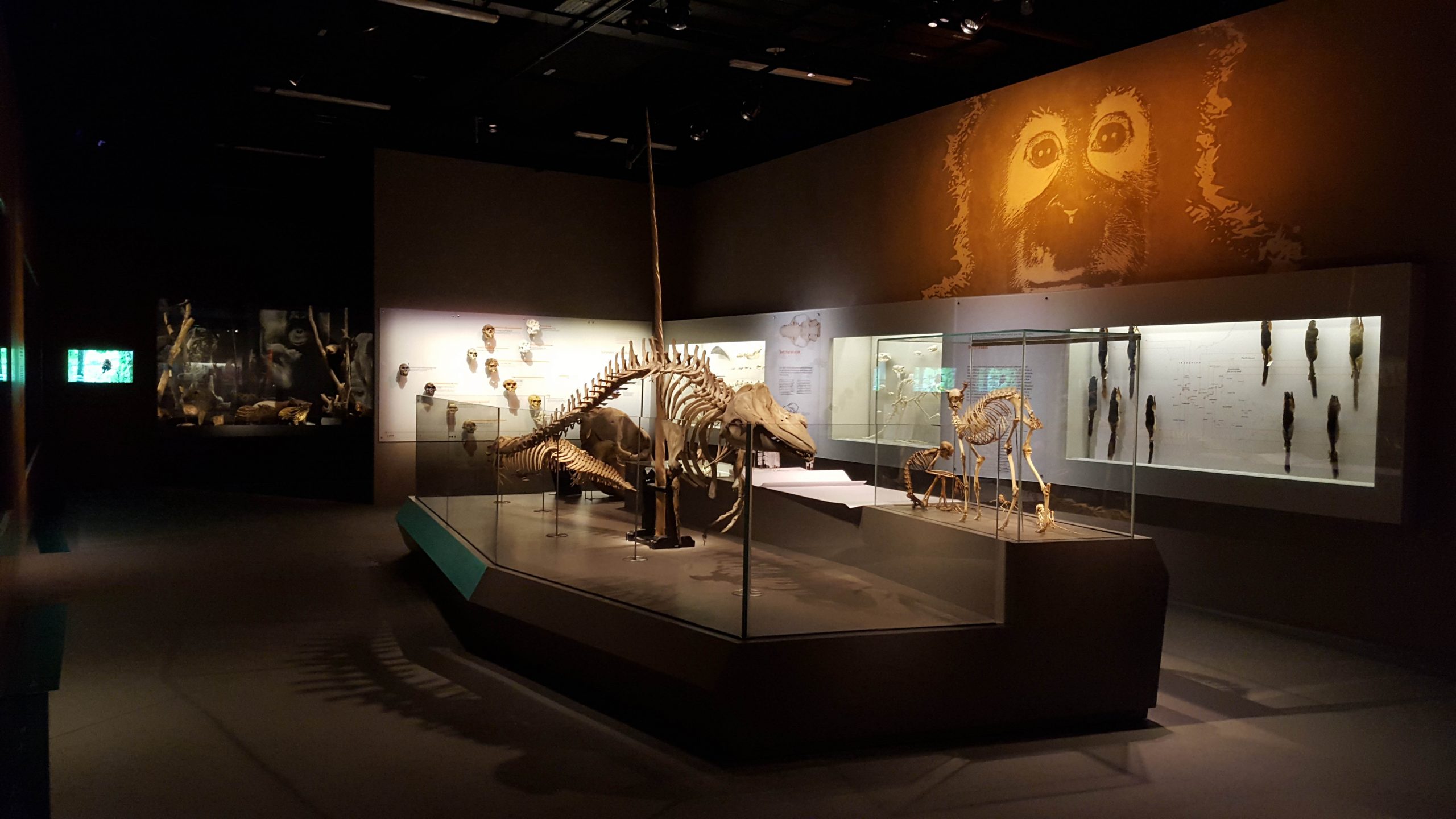Collaborations, Conservation and Communication
Learn about why research collaborations are important and how education is used to effectively communicate scientific research to the public. In session 2 of the ‘Thursday Talk Shop’ series, Education Officers speak with Dr. Theresa Su, Education Manager at the St. John’s Island National Marine Laboratory (SJINML). Mr. Dzaki Safaruan, Specialist Associate at the Lee Kong Chian Natural History Museum (LKCNHM), makes a guest appearance (8:05) to share his experience during the South Java Deep-sea Biodiversity Expedition (SJADES) 2018. We also chat about the Pacific Ocean Deep Sea Expedition 2020 (18:16), the Singapore Marine Fishes Expedition 2019 (21:48) and some of the education collaborations between LKCNHM and SJINML (27:53).
Many enjoyed the sharing about our research expeditions. “Hearing the actual stories and research findings, as well as practical concerns –it helps to paint a very holistic picture,” a participant mentioned. Others were fascinated with the information on the interesting deep sea creatures recorded and thought that having the speakers share their experiences and lessons learnt along the way was “interesting and engaging, while still being educational”.
Here is recording of this session:
Quiz
We played a quiz during this session, click here (for Session 2 quiz) to try it out once you’ve watched the recording!
Questions and Answers
Here are some questions that were asked during the session:
What is the creature that Mr. Dzaki Safaruan is holding? (reference to the SJADES 2018 picture).
Our Specialist Associate Dzaki is holding a giant isopod (genus Bathynomus). Giant isopods are deep-sea scavengers that live very close to the seabed, at depths of up to 2500m.
Is it true you can eat the giant isopod?
Giant isopods are crustaceans, like crabs and lobsters. There have been accounts of consumption of giant isopods in some locations, but this is uncommon and the commercial market remains small. Individuals are mostly derived from fishermen bycatches. There is still a lot that is not known about deep sea giant isopods, including the food safety of these creatures.
How do isopods breathe and reproduce?
Aquatic Isopods breathe through specialized gill-like structures on their swimming legs (“pleopods”) at their abdomen. Isopods reproduce by laying eggs. The females develop a pouch known as the marsupium, where the eggs develop until they hatch. Isopods do not have a larval stage, and the young emerge from the marsupium almost fully formed with close resemblance to their adult forms. They are known as manca at this stage.
The deep sea expedition stuff is really cool! Did the changing pressure (when trawling the specimens up) affect the deep sea specimens in any way?
The change in pressure affected mainly fishes which had swim bladders or organs with air-filled cavities. This was physically displayed as enlargement and protrusion of swim bladders as well as bulging eyes, loss of scales and body parts. However, little damage was done to invertebrates such as molluscs and crustaceans due to their hard exterior covering (exoskeleton).
How often are new species discovered?
New species are discovered daily, adding up to several thousands that are formally described worldwide annually. The discovery of new species depends on a multitude of factors such as the type of organism and degree of exploration that has been done in a particular area. Some groups of lifeforms are easier to spot and more extensively studied, while others have only started gaining more attention from scientists in recent years (hence experiencing a higher rate of discovery). Exotic or remote locations with few past exploration efforts have a higher chance of uncovering new species as well. More than 10 species new to science were newly discovered during the SJADES expedition alone.
Will the methods used to capture the sea creatures harm them?
Yes, the method does cause some damage but is currently the most efficient way for benthic sampling of deep seas. Deep sea trawling involves dragging a net across the ocean floor which causes deep sea mud, sunken stones, wood and marine trash to be mixed with the catch. Abrasion against the hard objects picked up by the trawl or dredge as well as the change in pressure may distort or break body parts. However, most of the organisms do reach the boat in good condition with some even still alive.
What are some ways we can measure the effectiveness of our science communication/engagement strategies?
Customize evaluation methods in line with your objectives (e.g. do you aim to stimulate action among your audience or simply raise awareness on a particular issue). Avoid relying on just self-reporting methods (e.g. surveys on what people think they have learnt). Quantitative approaches such as before-and-after-programme quizzes or rate of after-programme uptake of a particular activity/course over a specific timeline helps measure actual changes and maintain scientific rigor that is consistent with the research field that we are trying to communicate.
What are some unique adaptations of deep sea organisms? Could you elaborate on these adaptations on how they help the creatures’ survival in the deep sea zone?
Some deep sea invertebrates such as the giant isopod are much larger than their close relatives living in shallower zones. This phenomenon is known as deep-sea gigantism, proposed to derive from increased cell sizes, delayed sexual maturity and increased life span due to decreased temperatures. These factors contribute to larger maximum body sizes. Another reason could be the lack of food, such that larger bodies are needed for better foraging of few and far in-between food.
Other organisms make use of bioluminescence, or have large eyes or mouths with sharp, fang-like teeth to search or grasp firmly onto prey in the pitch dark environment.
Do you publish the findings of the research programmes regularly and are they available to the public?
The published findings of our research staff are constantly updated and available to the public at the following link: https://lkcnhm.nus.edu.sg/research/staff-publications/
You may also refer to the link below for more biodiversity-related publications in Singapore and South-east Asia: https://lkcnhm.nus.edu.sg/publication/
Relevant Links
- To read up more on South Java Deep Sea Expedition (SJADES): https://lkcnhm.nus.edu.sg/research/sjades-2018/
- To read up more on the infographic ‘Creatures of another world’: https://www.straitstimes.com/singapore/environment/creatures-of-another-world
- To read up more on Singapore Marine Fishes Expedition and the infographic ‘Inhabitants of the sea’: https://news.nus.edu.sg/news-reports/first-library-fish-dna-spore-waters
- To read up more on STEP Environment Camp 2019: http://sjinml.nus.edu.sg/step-environment-camp-2019/
- This session was also featured in the Straits Times: https://www.straitstimes.com/lifestyle/5-things-to-do-today-34?fbclid=IwAR123HFWPSEGqLwbC_QNfIa4f6l6DI2BcTIf4mNrnbe3Zh_Eb7B6apu4XI4




